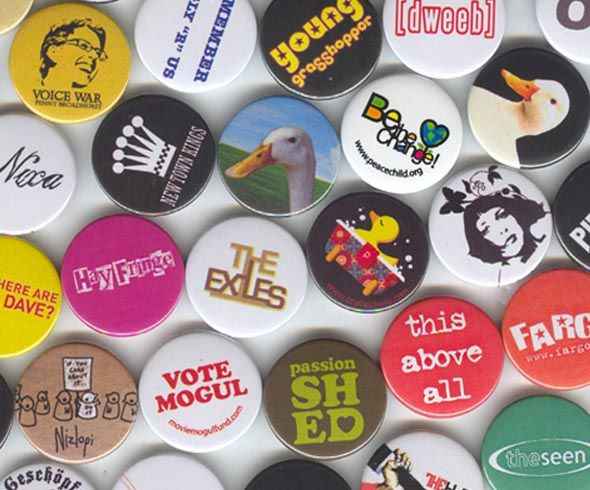Badges are small, distinctive emblems or insignias that serve multiple purposes in society. Often worn on clothing, bags, or displayed on surfaces, badges symbolize membership, achievements, authority, and identity. This article explores the history, various uses, and cultural significance of badges, illustrating their enduring relevance.
A Brief History of Badges
Badges have a long and storied history dating back to ancient civilizations. In ancient Rome, military badges were used to denote rank and accomplishments. Medieval Europe saw the use of heraldic badges by nobility to signify allegiance and family lineage. These badges were often intricate, featuring coats of arms and family crests.
With the advent of modern societies, the use of badges expanded. By the 19th century, badges became popular in the military, police, and fire services as a means of identifying rank and unit. This tradition continues today, with badges serving as critical identifiers in various uniformed services.
Functional Uses of Badges
Identification and Authority
One of the primary functions of badges is to denote authority and official capacity. Police officers, firefighters, and military personnel all wear badges as part of their uniforms, signifying their roles and ranks. These badges are often standardized within departments to ensure consistency and recognition.
Membership and Affiliation
Badges also indicate membership in organizations, clubs, and societies. Scouting organizations, for example, use badges to represent different levels of achievement and skill acquisition. Similarly, universities and educational institutions often use badges to signify alumni, staff, or specific departments.
Awards and Achievements
In educational and professional settings, badges and crystal trophies are used to recognize achievements and milestones. Academic institutions award badges to students for accomplishments in areas such as academics, sports, and extracurricular activities. In the corporate world, badges can signify employee achievements, certifications, and years of service.
Decorative and Promotional Uses
Fashion and Personal Expression
Badges have found a place in fashion as well. Pins and badges are often worn as accessories to express personal style, interests, or affiliations. From political statements to pop culture references, these badges serve as a means of self-expression and identity.
Marketing and Branding
Businesses and organizations use badges for marketing and promotional purposes. Custom badges with logos and slogans are distributed at events, conferences, and trade shows to promote brand recognition and loyalty. These badges often become collectible items, further extending their promotional impact.
Symbolic Meanings of Badges
Badges carry symbolic weight and can convey significant messages. In addition to representing authority and achievement, badges often symbolize values and commitments. For instance, environmental organizations may distribute badges to signify a commitment to sustainability and conservation. In social movements, badges can symbolize solidarity and support for various causes.
Technological Advancements in Badges
With advancements in technology, badges have evolved beyond simple metal or fabric emblems. Digital badges, also known as e-badges, have become prevalent in the realm of online education and professional development. These badges are electronic tokens that signify the completion of courses, skills acquisition, and other achievements. Digital badges can be easily shared on social media platforms and professional networks, increasing their visibility and utility.
Conclusion
Badges are much more than mere accessories; they are powerful tools for identification, recognition, and expression. From their historical roots in ancient civilizations to their modern applications in digital spaces, badges continue to play an essential role in society. Whether worn to denote authority, signify membership, celebrate achievements, or make a statement, badges are a lasting symbol of identity and accomplishment.










